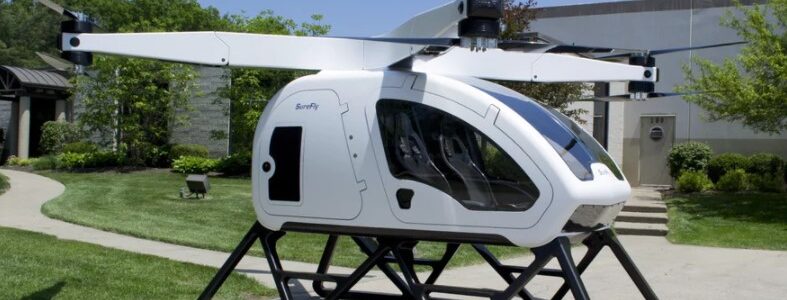It’s a little surprising that drones in manufacturing are not as widely used since the global drone market is expected to exceed $15 billion in 2022. Right now, drones in manufacturing account for less than 2% cent of the total drone deployment despite the countless benefits unmanned aerial vehicles (UAVs) present to several industries. In this post, we take a closer look at how drones can be used in manufacturing along with some of the regulations.
Military vehicles and robots date as far back as WWI with small, remote-controlled and tracked, disposable explosive devices. WWII saw even more innovative designs with the Soviet Army developing full-sized remote-controlled tanks between 1930 and 1940. Even the Brits had a hand in remote controlled tanks with their Matilda MK2 Infantry tank, the ‘Black Prince’.
While nothing compares to modern day military vehicles and autonomous systems, our history is filled with incredible engineering feats. With so many different autonomous military vehicles and systems, we’re only focusing on a few of the standouts.
It’s always only a matter of time before countries explore each other’s successes (or failures) and this is no different. Combat drones, powered by advanced technology like artificial intelligence, are the new ‘wingmen’ to Chinese carrier-based fighter jets. Essentially, it appears to be an attempt to compete with the prowess of the United States’ unmanned aerial vehicle (UAV) programs. Some believe that it’s China’s version of the US Navy’s Unmanned Carrier Launched Airborne Surveillance and Strike (UCLASS).
According to Shi Wen, chief engineer and designer of China’s Caihong (CH), or Rainbow UAV series, “The joint operations of manned military aircraft, like fighter jets, and UAVs is the drone’s future. We are making efforts to promote artificial intelligence (AI) for UAVs to allow manned aircraft to co-pilot UAVs.”
Construction is a $10 trillion global industry and robots are set to revolutionise the industry by 2020. Productivity in manufacturing, retail and agriculture has grown exponentially since 1945 but it has barely gone up in construction. How will robots be used to increase productivity and if they do, how will it impact the workforce?
A glimpse into the future of mountain rescue could mean replacing the image of our furry friend, the St Bernard. No surprise really as technology is forever advancing and with that, an unmanned aerial vehicle (UAV) made from carbon fiber with a 2.2 meter wingspan.
A team of students at the prestigious University of Warwick School of Engineering in Coventry, England, has designed an unmanned aerial vehicle. The core concept is to deliver immediate aid and equipment to people in need before a rescue team arrives. These UAV’s will essentially be the first responders.







Recent Comments